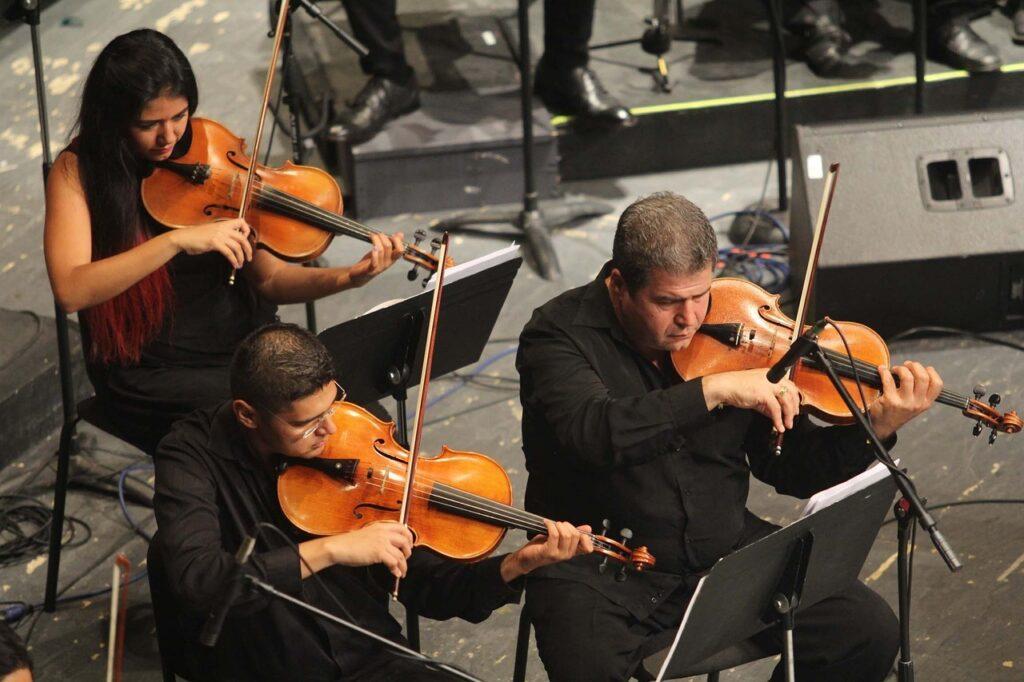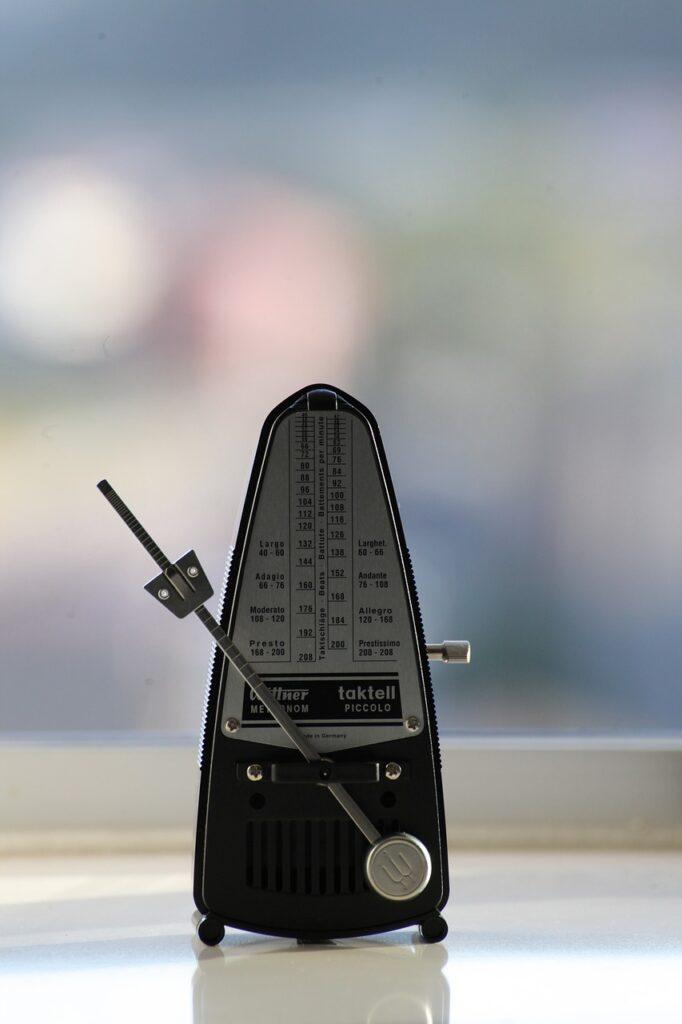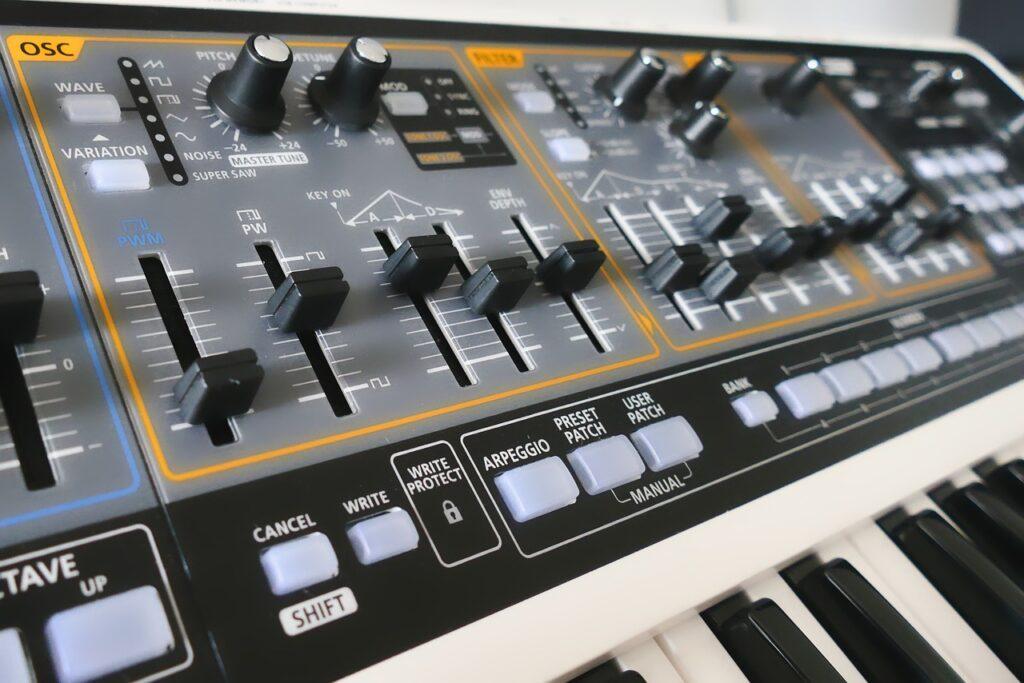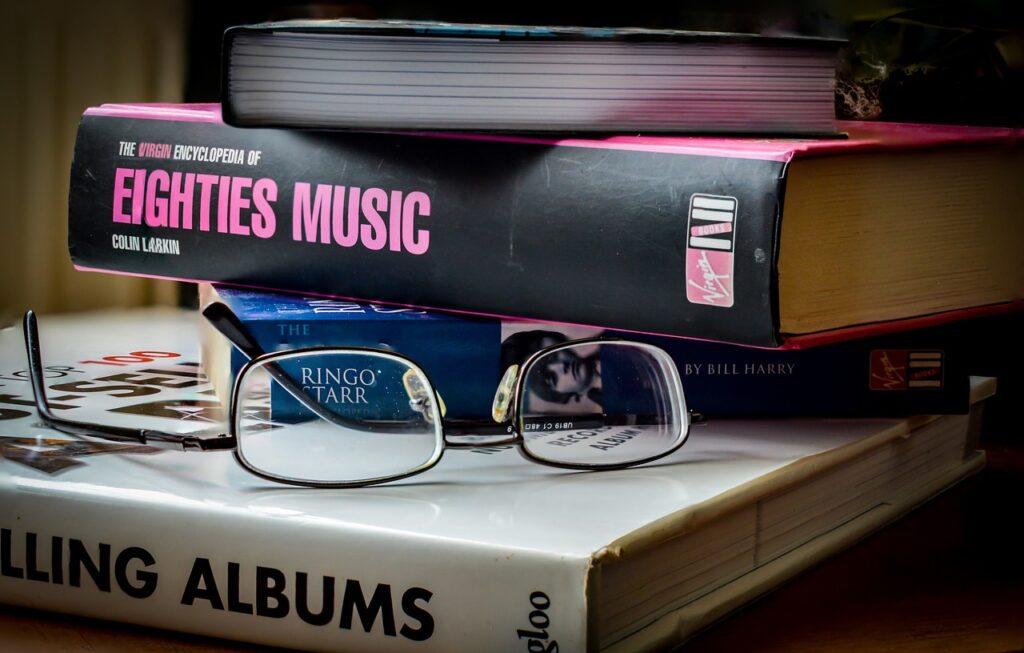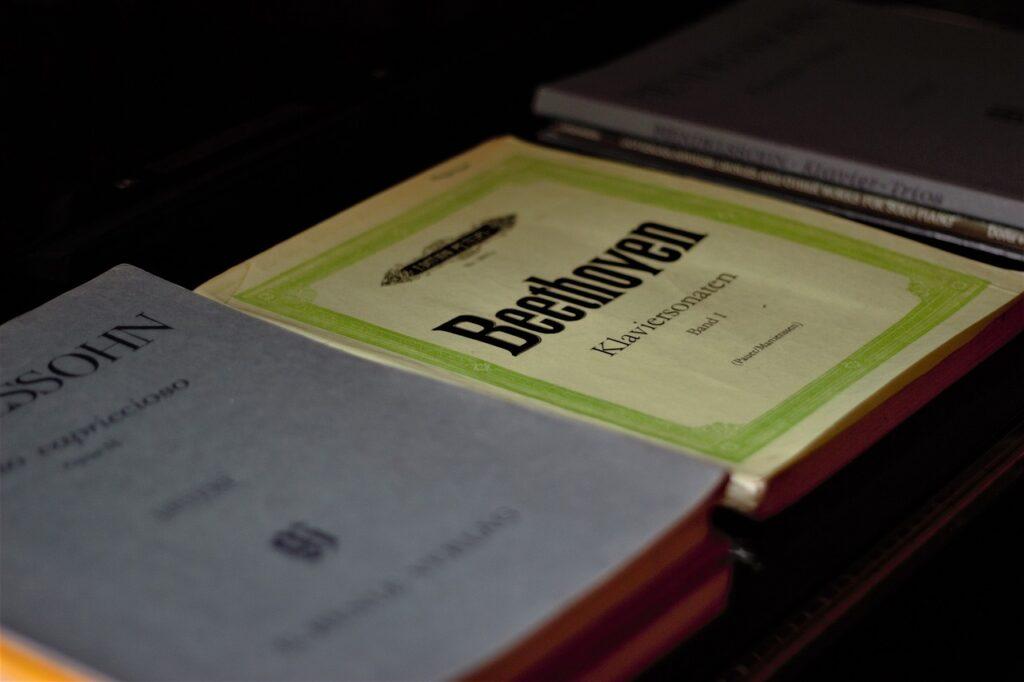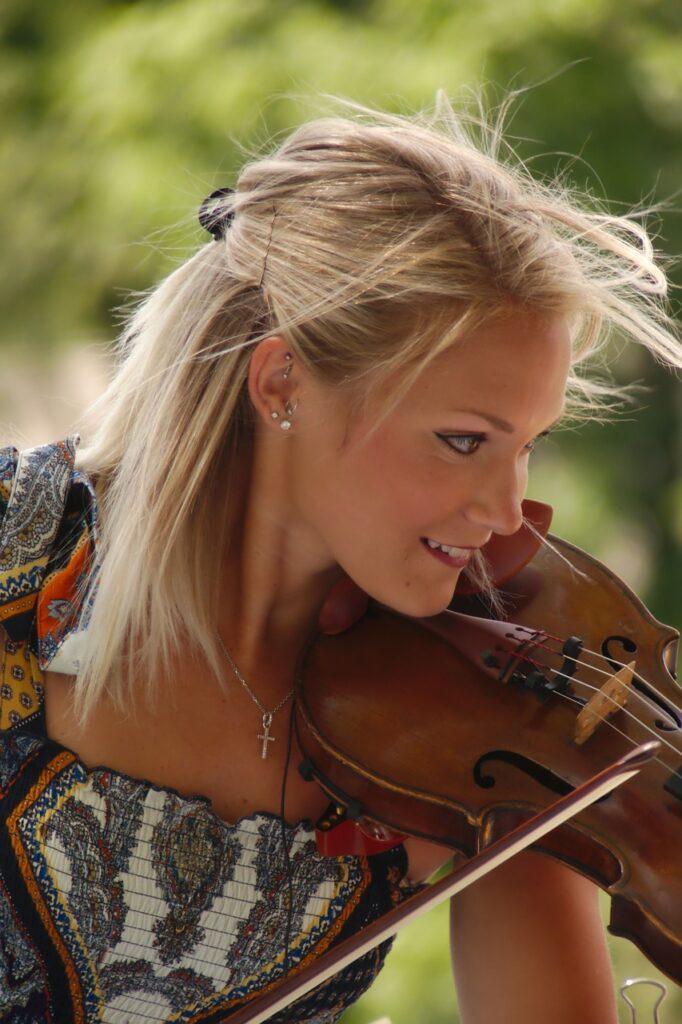Piano

Do you want to know how to play or teach piano better? The archive contains posts about teaching the piano. In addition, it contains posts with tips for playing and notating piano music. Plus, there are posts that deal with traditional music theory and also the theory of micro tuning keyboards.
A Quaint History of the Piano
The Organ & the Gamut
The funny thing about keyboard instruments, such as the piano and organ, they did not originally have keys. The father of all keyboard instruments is a water organ called the hydraulis.
When the Greeks developed the hydraulis, it had slat-like sliders instead of keys. Water moving from a higher chamber to a lower chamber created suction, which moved air through the pipes. The sliders controlled how air passed through the set of ranked pipes.
By the mediaeval period, the organ began to look more like the modern keyboard. However, it did not have black keys yet. Also, the “keys” actually looked more like fist sized levers, because form followed function. It took around a century and a half for the keys to shrink down to finger size.
As the theory of scales developed into the mediaeval gamut, theorists added the black keys. Bb came first. The Bb sign looks a lot like a lowercase B, because the first ever accidental started as a B. At first, the theorists thought the other black keys were accidents. Even today we call the black keys accidentals and the white keys naturals.
However, the keyboard did not always come with white naturals and black accidentals. In the 1700s, keyboards commonly switched the color of the accidentals and naturals.
The Harpsichord & the Piano
The harpsichord proceeded the piano. The name “harpsichord” makes it sound like it was a harp that played chords.
However, an instrument with strings passing over a resonating body technically should be called a zither, not a harp. Of course, the name zithachord would just have sounded silly.
By the early 1700s, Bartolomeo Cristofori had perfected the hammer action of the piano. The organ and harpsichord couldn’t play dynamics through the keys, which frustrated composers.
Therefore, the piano was designed as a keyboard that could play both soft and loud. Thus, Cristofori called it the arpicembelo che fa il piano e il forte. This roughly translates into “a harpsichord that makes soft and loud.”
Historical pianos are called pianofortes or fortepianos. Eventually, people shortened the name to piano. So, when you play the piano, you are technically playing the soft.
© 2021 Geoffrey Keith
Back to the Successful Music Student Blogs page


